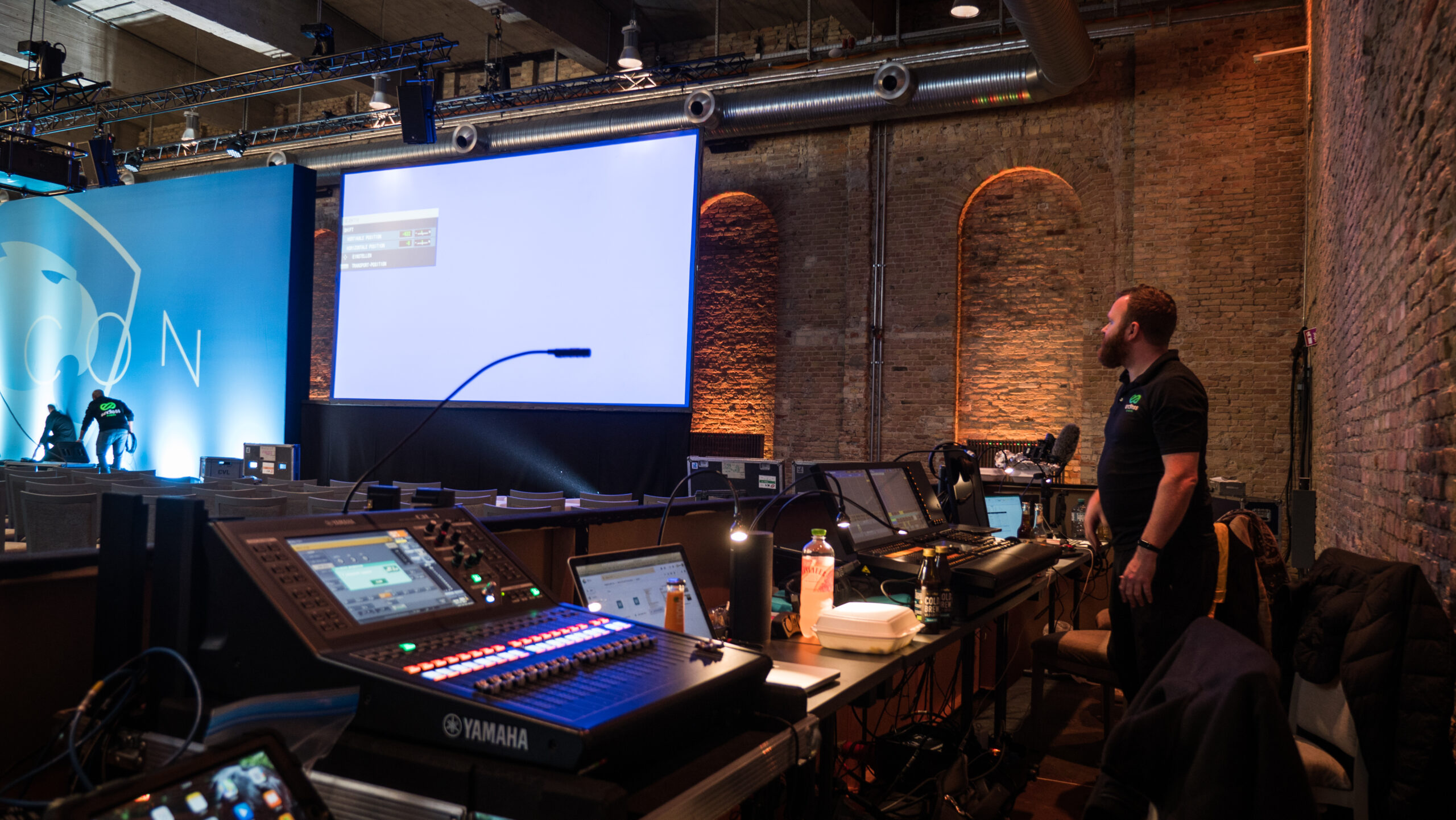Production Companies Nashville TN – Creating Creative Content and Cutting-Edge Film Production
How Production Business Change Concepts Into Compelling Visuals
The process by which manufacturing companies change abstract ideas right into compelling visuals is both elaborate and systematic, beginning with the critical phases of ideation and manuscript growth. Partnership among diverse specialists is vital, allowing for a convergence of concepts that breathe life right into stories. As the task proceeds through pre-production, manufacturing, and post-production, each stage needs cautious attention to information and alignment of creative components. This methodical approach not just forms the aesthetic of a task but additionally influences its emotional vibration. What continues to be to be checked out is exactly how these methods culminate in the art of narration itself.
Understanding the Creative Refine
While the creative process might vary dramatically from one production firm to another, it usually includes an organized method that stabilizes imaginative vision with useful implementation. The procedure starts with ideation, where ideas are conceptualized and refined. Throughout this stage, creative groups participate in discussions that check out themes, stories, and visual designs, ensuring that the core message lines up with the desired target market.
Adhering to ideation, the growth phase takes center stage, where manuscripts, storyboards, and shot checklists are diligently crafted. This stage is necessary as it converts abstract ideas into concrete plans, assisting in a smoother manufacturing procedure. The innovative team works together carefully, making certain that every facet, from casting to place looking, shows the artistic intent.
As soon as pre-production concludes, the execution phase starts, where the job is given birth to through filming and modifying. This phase requires an eager focus to information, as the creative vision is understood through technical experience and creative expression. Post-production additionally fine-tunes the visuals and sound, finishing in a refined last product that resonates with the audience. Hence, understanding this organized innovative process is important for appreciating exactly how manufacturing business change principles right into compelling visuals.

The Role of Partnership
How does cooperation enhance the innovative outcome of manufacturing companies? At its core, collaboration is an essential catalyst that promotes development and imagination within the manufacturing landscape.

Moreover, collaboration urges open communication, which is vital for navigating the complexities of production. It grows an atmosphere where responses is valued, permitting repetitive enhancements and adjustments that elevate the end product. Eventually, the collective spirit within manufacturing companies serves to transform first concepts into compelling visuals that mesmerize viewers, enhancing the value of teamwork in attaining imaginative quality.
Pre-Production Fundamentals
Pre-production is a critical stage in the filmmaking process, usually including 5 necessary steps that lay the groundwork for an effective manufacturing. The initial step involves manuscript development, where the screenplay is refined, making sure that the story is cohesive and compelling. This is followed by budgeting, which establishes the financial framework for the project, Your Domain Name determining vital costs connected to cast, staff, places, and equipment.
The third step is casting, a crucial process that includes choosing the right actors to depict the characters authentically. A well-cast movie can substantially enhance the story's influence. Next, place scouting is conducted to discover appropriate shooting sites that straighten with the vision of the project, taking into account logistical elements such as ease of access and authorizations.
Catching the Vision in Manufacturing
In the dynamic atmosphere of a movie collection, catching the vision in manufacturing calls for precise coordination and collaboration amongst all departments. Each team, from cinematography to art instructions, plays a critical function in translating the screenplay right into aesthetic images that reverberates with audiences. The supervisor's vision must be efficiently communicated to ensure that every shot, angle, and lighting option straightens with the overarching narrative.
Cinematographers are tasked with selecting cam equipment and lenses that best communicate the tale's tone, while production designers produce immersive settings that improve the visual experience. Closet and make-up groups contribute by shaping characters via their look, reinforcing the narrative's styles.
Audio style and songs also complement the visuals, developing psychological context and enhancing target market interaction. Daily coordination meetings and on-set communication networks promote real-time adjustments, making certain that any type of imaginative nuances are caught as they occur.
Ultimately, capturing the vision in production has to do with harmonizing these varied components to create a natural and compelling aesthetic story. The joint initiative not just brings the script to life but likewise lays the structure for an effective cinematic experience.
Post-Production: Refining the Final Item
Post-production plays a crucial duty in fine-tuning the final item, transforming the raw video recorded throughout manufacturing into a refined motion picture experience (production more information companies nashville tn). This phase includes several necessary processes, consisting of editing, sound layout, shade correction, and visual results, each contributing to the general story and psychological influence of the film

Audio layout is similarly production companies nashville tn vital, including the addition of discussion, sound results, and atmospheric noises that enrich the viewing experience - production companies nashville tn. The careful layering of audio aspects aids involve the target market in the tale world
Color adjustment additionally improves visual charm, changing tones and contrasts to produce a natural visual that lines up with the film's state of mind. This action guarantees that each framework reverberates mentally with audiences.
Conclusion
In final thought, the improvement of ideas right into engaging visuals requires a structured and collective technique within manufacturing firms. By focusing on interaction and sychronisation throughout the imaginative process-- from ideation and pre-production to production and post-production-- these business effectively straighten numerous creative components with the narrative. This careful method not only boosts narration but also astounds target markets, ultimately leading to immersive and interesting cinematic experiences that resonate deeply with customers.